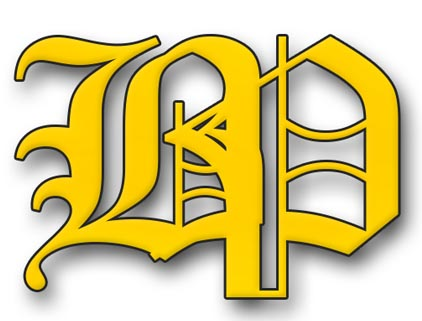Bapex to survey CHT for gas

Nazmul Likhon
State-run Bangladesh Petroleum Exploration and Production Company Ltd, Bapex, is to conduct a 2-D seismic gas exploration survey for the first time in 6 districts in the south-eastern part of the country, according to an Energy Division official.
Senior Secretary to the Energy and Mineral Resources Division, Md Anisur Rahman told Bangladesh Post, the survey will be conducted around 3,000 line kilometers in Feni, Noakhali, Chattogram, Rangamati, Bandarban, Khagrachari and Cox’s Bazar districts. Bapex will start work next summer.
However, Bapex will have to take assistance of foreign companies in the hill tracts as it is not capable of surveying the hill tracts area right now.
‘The area is absolutely virgin. There is a huge prospect to find oil and gas. After completion of the 2-D seismic survey, we will conduct 3-D seismic survey for more surety,’ he added.
Geologists say there is a huge potential for gas in the hill tracts areas. But there has been no survey as yet.
Multinational companies would be interested in exploring for oil and gas if they had an idea of the amount of resources in the area. That is why a survey is needed first. In January, state-owned Petrobangla and Bapex signed Memoranda of Understanding (MoUs) with Russian state-owned oil major, Gazprom, to work together for the development of Bangladesh’s energy sector.
Under the MoU, Gazprom was made a strategic partner of Bapex for oil and gas exploration in the Bay and other critical areas in Chattogram.
This MoU allows Gazprom to sign contracts to produce gas and oil at onshore and offshore sites without any open tender.
Bangladesh Petroleum Exploration and Production Company Limited has taken initiative to dig two new wells to explore gas from 2019 to 2021, 13 wells from 2022 to 2030 and 20 wells from 2031 to 2041.
State Minister for Power, Energy and Mineral Resources Nasrul Hamid had told parliament that the total amount of extractable gas reserve in the country was 10.63 tcf and daily production rate was 2,570 mcf as of January 1 this year.
The gas reserve will exhaust in 11 years if the current rate of production continues.
Energy Division data show the current gas supply stands at around 3,200 million cubic feet per day (mmcfd), against 1,744 mmcfd in 2009.
However Bangladesh currently has a demand for around 3,800 mmcfd of gas every day.
Against the backdrop of an ever-increasing gas demand, the government decided to import LNG in 2010 to meet the country’s dire energy deficit and finally the LNG import was started from 2018.
The country currently has two Floating Storage Regasification Units (FSRUs) with a total regasification capacity of 1,000 mmcfd. However, currently the R-LNG is supplying 550 to 650 mmcfd to the national grid.
However, it cannot supply the total amount of R-LNG to the national grid due to the low capacity of the pipeline.
In addition, the country’s natural gas supply has doubled over the last decade spurring economic growth for various measures of the government.
Bapex discovered four new gas fields named Sundalpur, Srikail, Rupganj and Bhola North in the last decade.
Besides, a two-dimensional seismic survey in around 29,000 line kilometers and a three-dimensional survey in 5,236 square kilometers were conducted for oil and gas exploration. Geological survey was also done at around 20,000 line kms.



